When it comes to being a PYP Teacher Librarian, many questions would come to the mind of the teacher. Especially when the students are of Early years, Grades 1 and 2 classes are conducted in the virtual mode. Questions such as what should be read to the young students, what will they enjoy listening to, what type of stories will they like, and how to make the library class more interesting and interactive for the students?
Thus, while planning for the classes, the teacher first tries to understand the audience- the tiny ones who are aged between 3.5 to 6 years old. The stories which the teacher selects for Early years are usually simple with few characters and big pictures. Different strategies are used to read them aloud and make the class engaging.
Story cards– The teacher creates a simple story card with images of the story and uses them to do picture talk in the class. Students build with the story easily.
Soft toys– For narrating a story like Goldilocks and the three bears, use of soft toys by the teacher and students helps them connect with the characters.
Stick puppets – This is one of the strategies which is loved by the students.
Read aloud from the book- The teacher reads aloud using the picture books, with interesting voice modulation and expression.
Read aloud with music – Students of Grades 1 and 2 enjoy listening to the story with soft music in the background. They share their happiness and enjoy the connection they build with the story. Even the teachers appreciate this strategy.
PowerPoint Presentation – To introduce a part of a book in Early years, the teacher created a Powerpoint presentation with images so that the students could easily make necessary connections and were also able to understand the different parts of the books.
The students get a choice of selecting the story that they would like to listen to during the library class. It is a good way of promoting agency in Early years during the library class.
One important and essential aspect of the story time is that students should be able to comprehend what is being read to them, and hence it is a must to take their reflection after the story is done. The teacher librarian uses various strategies which helps the students reflect about the story read to them.
Quiz– Quiz is one of the most favourite reflection strategies among the students. Identifying the characters, making connections with attributes of the learner profile, finding similarities between two stories, guessing the title; are some of the quiz techniques included to help them reflect. The students love playing quizzes and giving answers to the questions related to the stories which are read to them.
Reflection cards– During the class and after the story, the teacher uses different cards which would ask questions such as, what will happen next, or how do you feel after reading the story, describe your favourite character, suggest a different end for the story, change the title and many more. Such questions through the cards help the students to reflect on the story well.
Random name pickers: The teacher uses various name picker apps available online, to pique an interest in the process and make the students eager and curious for their turn to come. Name of wheel, pot of gold, magic hat, treasure trunk, magic box are few of them.
The teacher librarian also uses various other applications such as Mentimeter, Google Jam Board, Nearpod, etc to keep the class interactive and interesting.
As it is said by Dr. Seus: “The more that you read the more things you will know, the more that you learn the more places you will go.”
Some highlights:
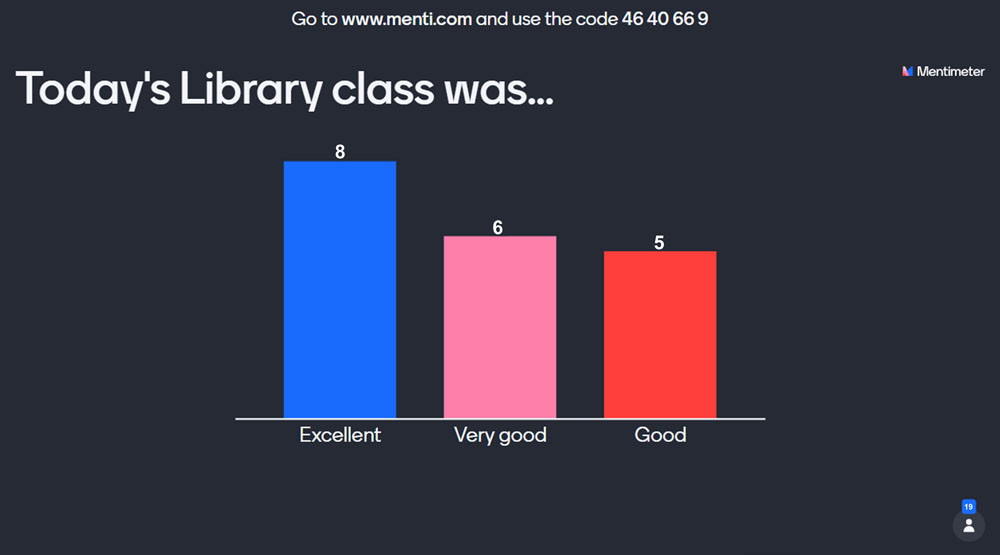
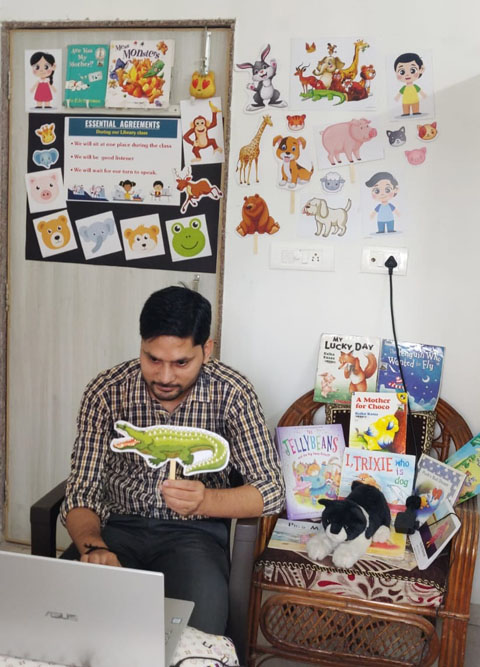
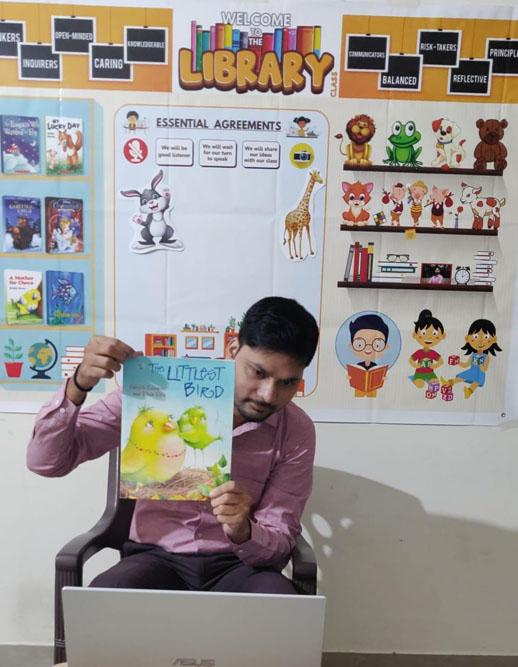
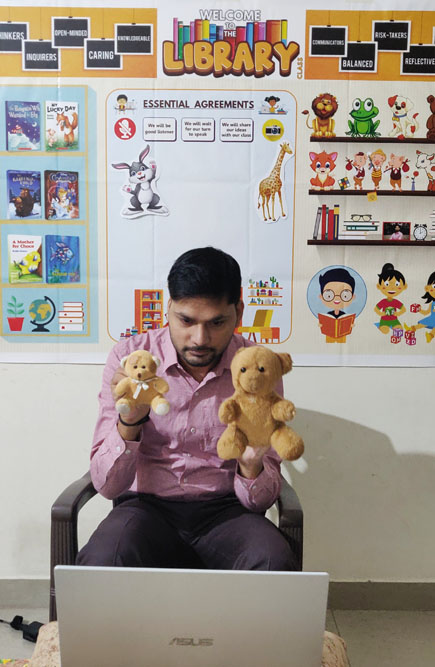
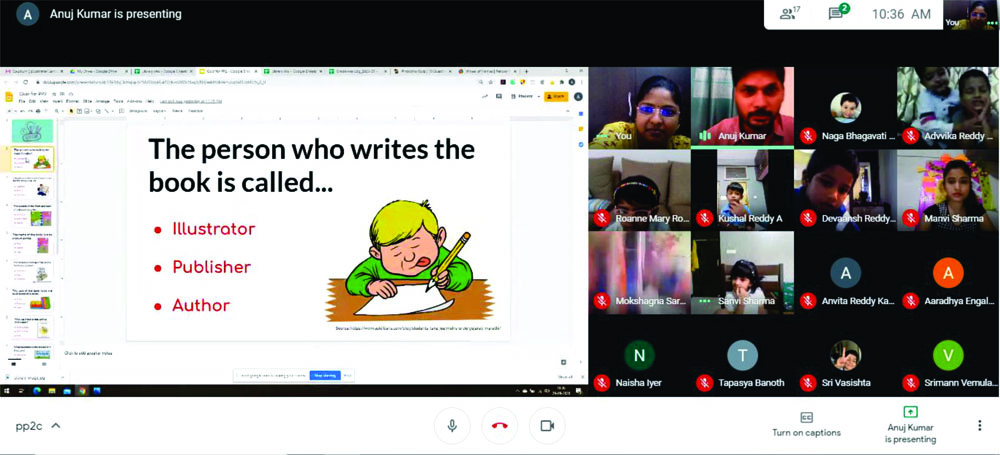
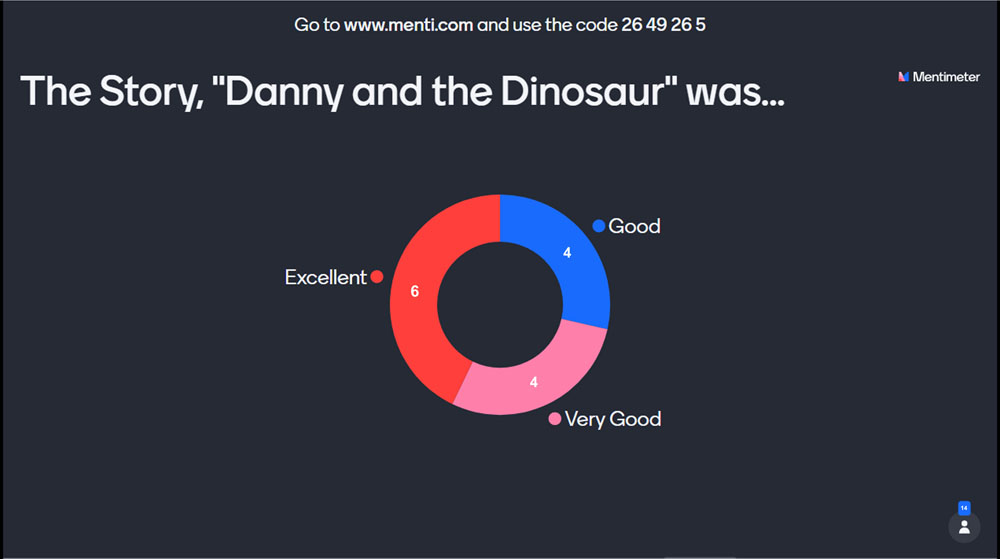
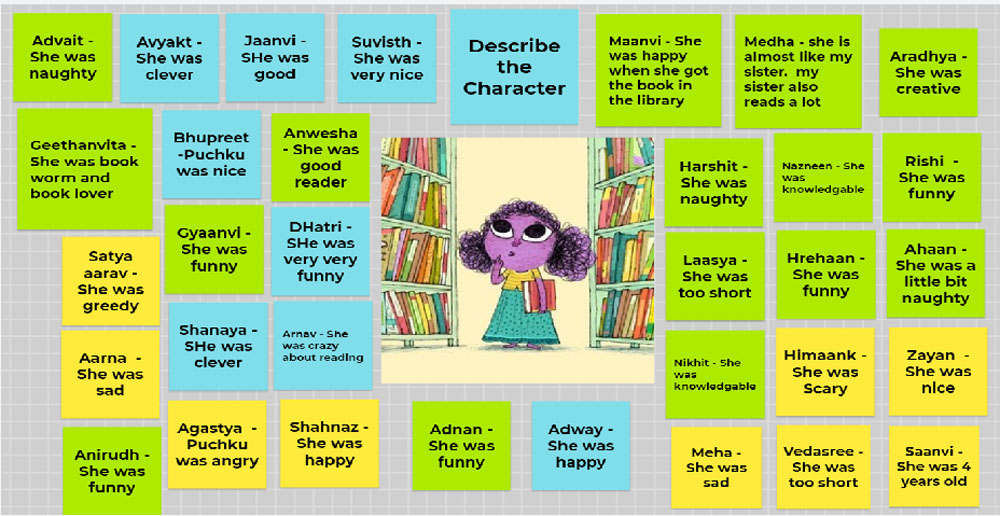


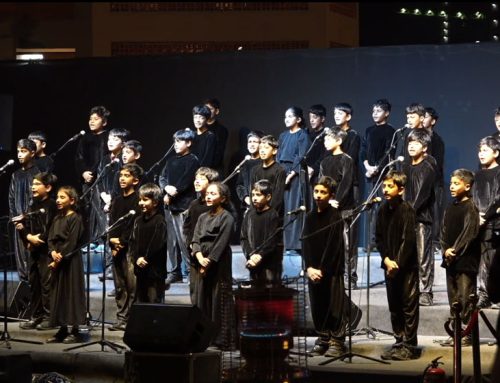
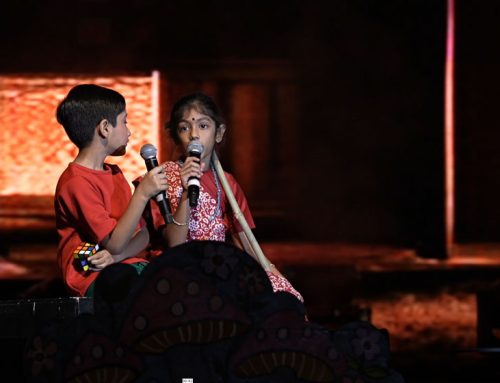
Leave A Comment